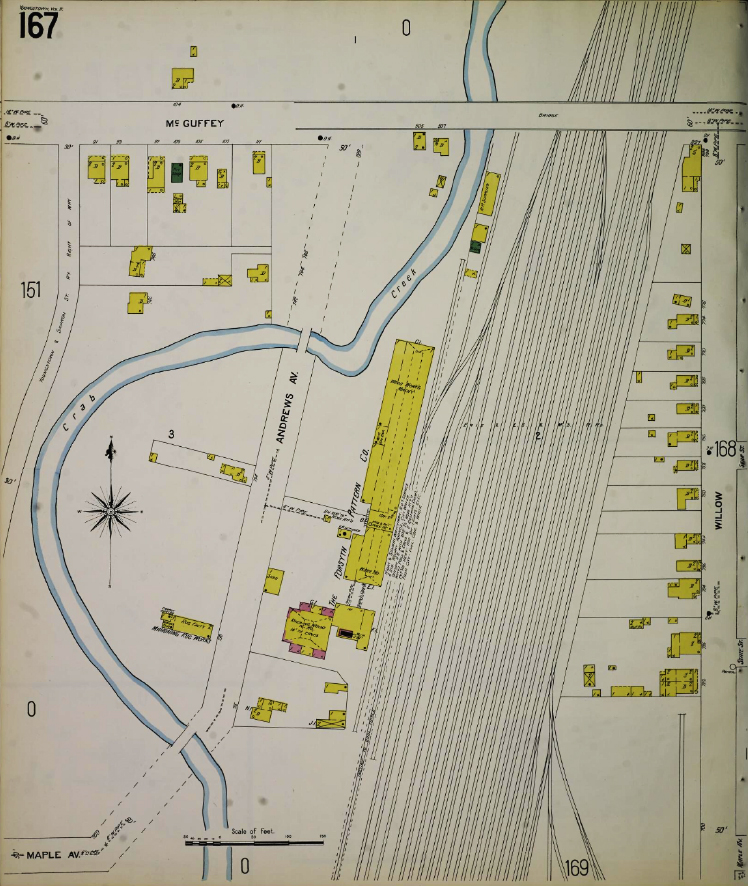
Youngstown is inviting residents, business owners, and stakeholders to review the recently completed Crab Creek Corridor plan.
A meeting to unveil and discuss the study occurs 5:30 p.m., Tuesday, Feb. 13 at East Library, 430 Early Road, Youngstown.
The $100,000 plan was funded by a federal Economic Development Administration planning grant, and created to assess the potential for future Crab Creek development.
Youngstown officials are encouraging the public to provide input and participate in revitalization efforts. Officials said the corridor’s revival “holds the promise of bringing economic revitalization to the City of Youngstown and fostering connections between the Eastside and the broader community.”
The Crab Creek Corridor is one of Youngstown’s oldest industrial districts. The corridor straddles the East and North sides of the city with Crab Creek running through its center. The district’s rough boundaries include Logan Avenue, Gypsy Lane, North Garland, and south along Andrews Avenue toward the downtown area.

In the previous century, the district housed the 50-acre Truscon Steel complex and Republic Rubber, but other industrial concerns ran along Crab Creek to the north and south. In “Youngstown 2010,” planners described its earlier use: “Crab Creek was dominated by metal manufacturers although it also had its share of environmentally destructive industry.”
Today the corridor is blighted with mostly abandoned industrial buildings and stretches of vacant, overgrown land. The district also has lingering environmental issues.
Youngstown officials said redeveloping Crab Creek holds the promise of economic revitalization and an improved quality of life, and cite an active railway line and access to nearby freeways as assets aiding that effort.
“The city will discuss its path to reviving the Crab Creek Corridor holistically, considering both economic development and quality of life,” said officials.
For more information, contact Taylor Jones at 330-742-8894 or email ta*********@************io.gov….
Editor’s note: The corridor’s physical boundaries were corrected in a subsequent update on Feb. 8.


East Library
Metro Monthly is a local news and events magazine based in Youngstown, Ohio. We circulate throughout the Mahoning Valley and offer print and online editions. Be sure to visit our publication’s website for news, features, and community events. Office: 330-259-0435.
© 2024 Metro Monthly. All rights reserved.




